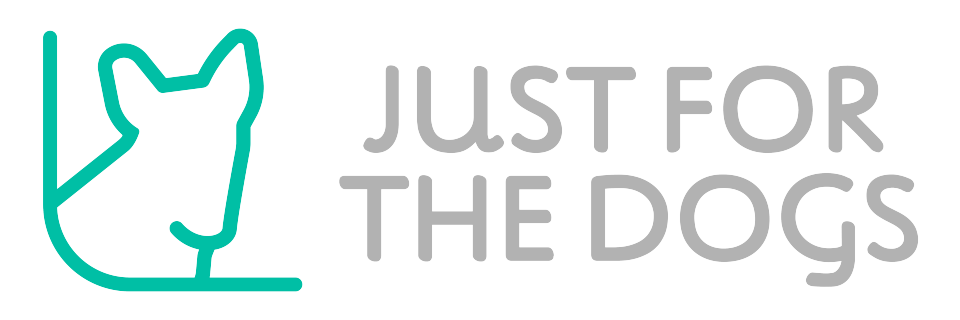Last Updated on September 8, 2018

How to clean a dog’s teeth? Do you brush your dog’s teeth? Dogs don’t usually get cavities as humans do, although it can happen.
Dogs can have tartar and plaque buildup, and gingivitis which can lead to life-threatening infections and issues with the heart and liver, along with kidney disease. Keep reading to find out how to clean a dog’s teeth.
Get Started
Start brushing your dog’s teeth when they are a puppy if that is possible. Get your puppy used to having its teeth brushed, for when they get their permanent teeth.
If your dog is an adult and you don’t brush its teeth, you can start now. It’s a good idea to have your veterinarian examine your dog’s teeth to see if there are any problems before you begin.
Toothbrush for Dogs
Use a canine toothbrush or a fingertip style. Here is a Dog Toothbrush Set at Amazon that contains both. If you have a puppy or a small dog, you might want to consider a small baby toothbrush for your dog. You may have to experiment to find the best toothbrush for you and your dog.
Toothpaste for Dogs
DO NOT use human toothpaste! Fluoride levels in human toothpaste can be extremely poisonous to dogs. Take a visit to a pet store or your veterinarian and get toothpaste for dogs.
I use a poultry flavored toothpaste for my dog and she loves the flavor which makes her sit still. Choose a flavor that your dog likes. This will make the process more enjoyable.
If your dog has any of the following problems, see your veterinarian.
• Bad breath
• Red, swollen or bleeding gums
• Discolored or broken teeth
• Excessive drooling
• Pawing at mouth
• Change in eating or chewing
• Tartar along the gum line
• Bumps or growths inside of the mouth
Brushing Your Dog’s Teeth
Choose a time when your dog has been exercised and is tired. You want your dog to sit still and be cooperative. You must remain calm during brushing and be patient with your dog. Talk to your dog in a happy upbeat voice.
Before you begin brushing, place a small amount of toothpaste on your finger. Let your dog smell it and lick it off of your finger. Praise your dog in the process. If your dog doesn’t like the taste, you may have to find another toothpaste.
Place a small amount of toothpaste on the brush and allow your dog to lick it. Lift the upper lip on one side and brush the outside of a couple of teeth that are easy to get to. If your dog tolerates it well, try a couple of teeth on the other side. Sometimes it’s easier, to begin with a finger brush.
Brush your dog’s teeth once a day if you can. You can start slowly with a few teeth, adding more teeth each day until your dog or puppy becomes accustomed to brushing.
If your dog won’t sit still long enough to brush all of its teeth, you can brush half of your dog’s teeth today. Then, tomorrow brush the other half.
You will need to stop if your dog gets agitated with you brushing its teeth because you want it to be a positive experience for your dog. Give your dog a treat afterward even if it doesn’t go well to form a positive association with brushing.
Bones and Toys
Buy your puppy or dog synthetic bones or chew toys that have a rough and bumpy surface. They will help clean your dog’s teeth and help control tartar and plaque. Be sure to get ones that are not rock hard and are designed to strengthen your dog’s gums and teeth.
Avoid hard bones that can cause broken teeth. A broken tooth is painful for your dog just as it would be for you. If your dog breaks a tooth, take it to your veterinarian as soon as possible.
Keep your dog’s teeth and mouth healthy to avoid problems in the future. The information on this website is not intended to replace the advice of your own veterinarian, dog trainer, or dog behavioral specialist.
Does your dog like for you to brush its teeth? Or do they just tolerate it? Feel free to leave a comment or share a story.


